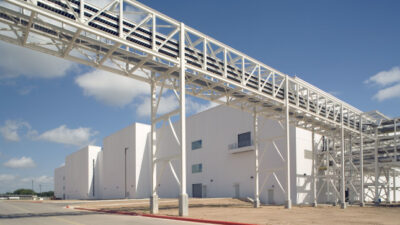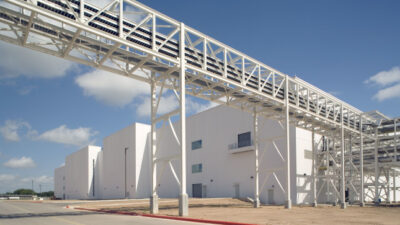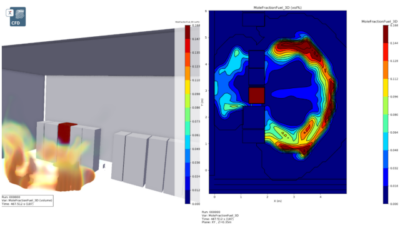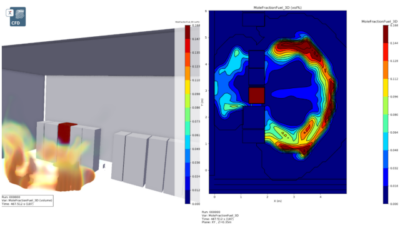Here is my list of the 10 most important points to remember when specifying ceiling radiant cooling systems. Editor’s note: Geoff McDonell wrote the three-part series, “Selecting radiant ceiling cooling and heating systems,” appearing online at www.csemag.com in the “Green” community.
Here is my list of the 10 most important points to remember when specifying ceiling radiant cooling systems.
-
Reduce cooling loads first. One must reduce or eliminate cooling load transients depending on the radiant system being used (high mass/medium mass/low mass).
-
Ensure that the design team buys into the system. A building HVAC system engineer’s job must start by working with the building design team to minimize thermal load fluctuations in the occupied space first, in order to minimize the building climate control requirements.
-
Radiant ceilings are effective. Radiant systems can separate the space-sensible temperature control function from the ventilation function to arrive at an energy efficient system. Once the space-sensible temperature is taken care of by the radiant cooling system, the air system needs to be a fresh air (100% outdoor air) delivery system, with latent (humidity) control, with no specific room temperature control function.
-
Use high thermal performance windows to reduce mean radiant asymmetry at perimeter zones.
-
Maximize the radiant surface to maximize the radiant cooling fluid temperature. Radiant systems are based on providing surface areas (radiant emitters) that are controlled to a certain surface temperature to provide radiant heat exchange to our bodies. The more radiant surface area to work with, the less extreme the radiant surface temperatures have to be, to provide the necessary heat exchange for comfort control.
Try to maximize the radiant surface area of the room to use the whole ceiling, wall, or both to provide a large radiant surface operating at very small temperature differences to the occupied space. -
Design and select a control system appropriate for the thermal mass and response time of the radiant system used.
-
Control the ambient humidity. In humid climates, the indoor ambient relative humidity must be controlled, and in dryer climates, more radiant cooling capacity may be found by using lower radiant cooling water temperatures.
-
Don’t forget the ventilation component of human comfort and to provide make-up air. The key to finding energy efficiency in any HVAC system is to first concentrate on the building envelope to reduce the influence of outdoor climate fluctuations, and then find the most energy efficient methods of transporting heating and cooling energy around a building for human comfort (hydronic systems).
-
Ensure that the building operator knows how to operate the radiant cooling system.
-
Ensure that the architect commissions the building envelope with a blower door tests, and window commissioning.
Editor’s note: Geoff McDonell wrote the three-part series, “Selecting radiant ceiling cooling and heating systems,” appearing online at www.csemag.com in the “Green” community. We asked Geoff to provide us a quick list of 10 things to know about radiant cooling systems. Readers are encouraged to read the complete article.
Key concerns in radiant cooling
• Reduce the cooling loads first
• Concentrate on the building envelope to reduce the effect of outdoor climatefluctuations
• The key space temperature design concept used in radiant cooling is resultant temperature, at which the human body feels a combination of ambient radiant temperatures, air temperature, and relative humidity.



